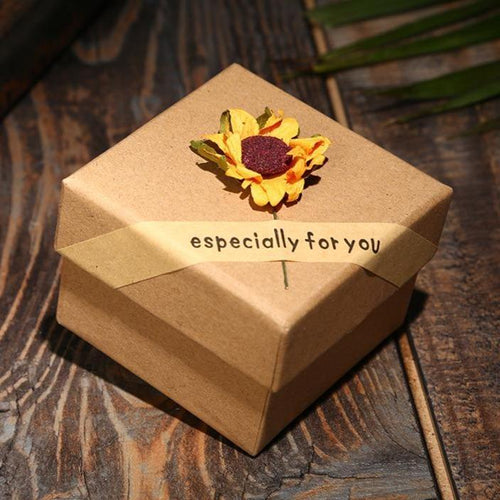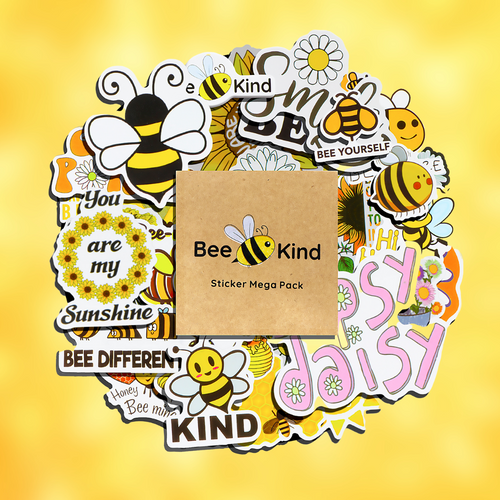During the spring, you may notice large, black bees hovering around the outside of your home. People may confuse carpenter bees with bumblebees and the simplest rule of thumb for telling them apart is that most carpenter bees have a shiny abdomen, whereas bumblebee abdomens are completely covered with dense hair.
Carpenter bees are valuable pollinators - females gather pollen, store it in the burrows, and lay their eggs so that the pollen serves as a source of nutrition for the larvae.
The facts below will help you learn more about these unusual insects.
1.Where do they live?
Along with bumble bee queens, carpenter bees (genus Xylocopa) are the largest native bees in the United States. There are numerous species of carpenter bees that inhabit a broad range of ecosystems from tropical to subtropical to temperate. In the United States carpenters bees can be found across the southern United States from Arizona to Florida and in the eastern United States, north to New York. Carpenter Bees live on every continent except Antarctica.
2. Why are they called so?
Carpenter bees got their name from their life history habits of excavating precisely rounded galleries inside wood.
Using their broad, strong jaws, they chew into limbs or trunks of standing dead trees. Some species even take up residence in fences or structural timbers, especially redwood. This bee truly is a “carpenter,” tunneling into the wood of a tree limb, beam, deck, porch rail, or bench. Inside, they form nectar loaves upon which they lay their giant eggs. Some of them may be up to 15 mm long!

3. Do they sting?
Unlike wasps and bees living in hives, carpenter bees are less likely to sting. They are not aggressive. However, their presence may be quite intimidating for people, especially during spring mating and nest building. Carpenter bee females may be hovering in front of humans who happen to be near their nesting areas. The males, on the other hand, are not dangerous since they lack the capacity to sting.
4. What carpenter bee damage can I expect?
Carpenter bees can also be quite destructive to your property, which is why you never want to allow a carpenter bee nest to hang around for long. The biggest concern for homeowners is the damage that the carpenter species may do to their home. The large carpenter bee will cause damage to your home’s wood if it burrows into the wood and lays eggs.
5. Can You Fill Carpenter Bee Holes?
Filling carpenter bee holes when abandoned is a good idea. There are quite a lot of materials that can be used to plug the holes, for example:
- Steel wood
- Caulk
- Dowel
- Wood glue
The goal is to cover the hole and repaint over it with one of the materials listed above.
5. How to get rid of carpenter bees without harming them?
If you have realized that you have a carpenter bee infestation, here is a simple way to get rid of them:
Carpenter bees are naturally repelled by the smell of citrus. Slice the citrus fruit and boil it in the water for 10-15 minutes to release the juice. Let the citrus water cool down and pour it into a spray bottle and spray it into the nest site.
They are usually very sensitive when it comes to scents inside their nest. Peppermint, tea tree and lemon essential oils are excellent for making their nest unbearable thus making them leave for good.











